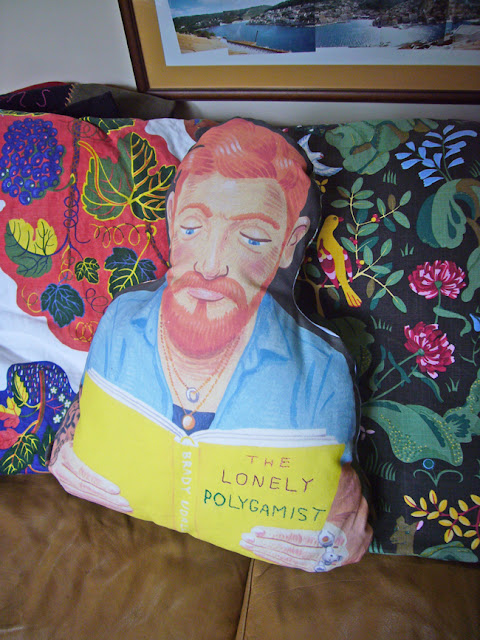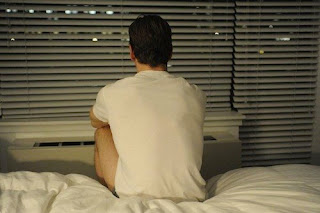Stars so close,
You can reach out and kiss one.
 |
| Salk Institute of California, Ezra Stoller image |
 |
| Kennedy Airport, Ezra Stoller image |
Architectural photographer Ezra Stoller was a nostalgic master of chiaroscuro, invoking Film Noir and the old world glamour of Hollywood with his deep focus and razor sharp foreground detail.
"My photos, tend to be confusing. I show a great many vistas."
- Ezra Stoller
Stoller's images offer up a number of different framed views in each single shot, reflecting on his own photograph of the Salk Institute of California (Louis Kahn), Stoller says "there are I think nine separate areas you can view through, nine vistas."
 |
| Salk Institute of California, Ezra Stoller image more here |
 |
Natalie Bookchin and Lev Manovich:Porno-Pictorialism, 1995
|
 |
| Alfred Stieglitz: The Hand of Man, 1902 |
 |
Jeff Wall: The Destroyed Room, 1978
|
Wall has said that he “filtered” the work through Eugene Delacroix’s Death of Sardanapalous (1827), a painted depiction of aggression and violence. Thus, Wall has associated his picture with the tradition of Western painting just as it was turning from the idealization of historical painting toward a preoccupation with the late Romantic emotional turmoil or psychological disruption.
.jpeg) |
| Eugene Delacroix: Death of Sardanapalous, 1827 |
The personal possessions strewn across the floor invoke not only images of anger, the state of mind the imagined gestures might have revealed, but also, the notion of the abject embodied in commodity fetishes in a culture of waste. This photographic tableau is a beautiful picture of a devastated interior in a present marked by the commodity culture of late capitalism. more here
And so apt that Sonic Youth made use of it then for their compilation album of tracks (hand picked by the band) previously only available on vinyl, limited-release compilations, imports, and b-sides to international singles, including unreleased material:
The Destroyed Room: B-sides and Rarities.








































